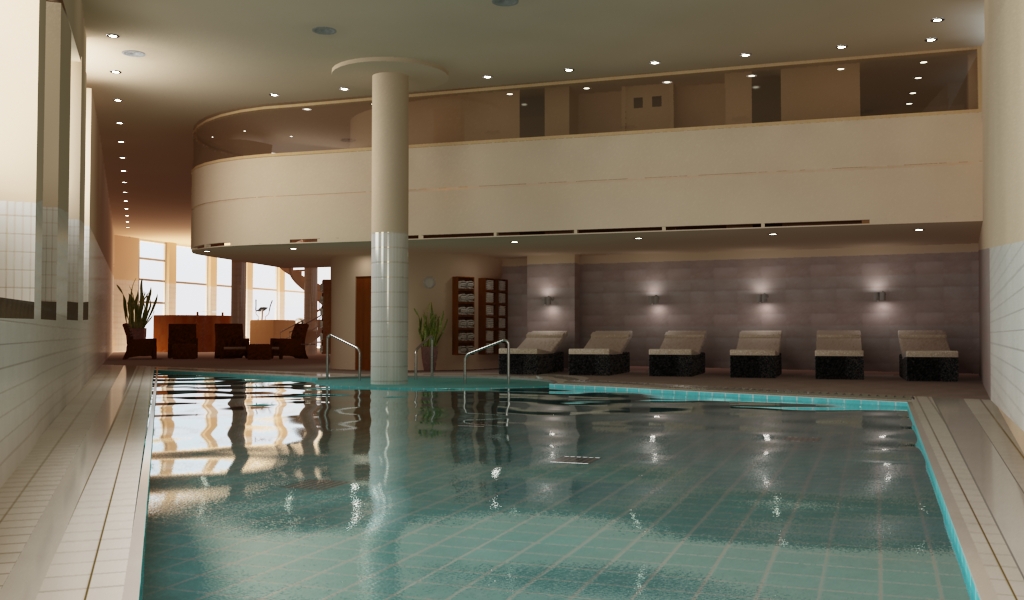Why 3D Architectural Rendering for Commercial and Residential development?
Visualization is an important phase of creative missions. A good rendering of creative ideas and innovative concepts enables their development to progress by leaps and bounds.
3D architectural rendering bears testimony to the fact that creativity blended with technology can make wonders in many areas like planning and design, research and development, and marketing and promotion of products across various industries like real estate, manufacturing, infrastructure, media and several engineering sectors involving creativity.
It outperforms other visualization methods due to their realistic portraits. It makes a vast difference to businesses in the following ways:
Living your imagination
When compared to 3D rendering, conventional drawings and mind maps are far less effective in conveying the plan and features of products. A well-rendered 3D graphic helps customers to visualize the design better and live your imagination.
Informed decision making
An extensive feasibility analysis of various design options created using 3D rendering provides an opportunity to compare different designs and features and facilitates informed decision making.
Better Coordination
The proposals and plans crafted using 3D rendering gives clarity of information to various teams participating in development like engineers, third party agents, quality control and management. They ensure better coordination.
Error Prevention
Using 3D visualizations, the design errors can be replicated and eliminated. This not only improves quality of products, but also saves time and cost when performed during the initial stages of the project.
Making winning presentations
A presentation organized using 3D pictures makes it easy for the audience to understand complex structures and concepts. It can be very useful in making product demonstrations more effective and convincing especially in advertising brochures and marketing communications.

3D Architectural Rendering of Buildings
3D architectural rendering is generating a photographic replica of the creative 3D models of residential and commercial buildings. It plays a crucial role in creating better plans and designs, effortless communication of the building plan and details and initiating sales and marketing prior to the beginning of the project.
Interior Rendering
The inner architectural details of houses and commercial buildings are better explained using 3D Interior Rendering. The finer details like layout and dimension of rooms, arrangement of furnishings, electrical and water channels, position of doors and windows, air and light flow inside the building, etc. It helps to define the regular and customizable features offered by the planners. 3D renderings can be used to explain the internal structure from different angles and views. The colour and décor of the interiors can also be planned well using 3D images.
As 3D renderings of envisioned interiors closely depict the targeted interiors of the building, any modification or feedback from the customers can easily be incorporated at the early stages of construction. If a modification is not feasible due to any constraints, it can be clearly conveyed to the customer right during the initial phases of the project. This greatly reduces time and cost involved in communications between the sellers and buyers and improves customer satisfaction and retention.
External Rendering
An outer view of the building and its surrounding environment can be clearly illustrated using vivid 3D external renderings. A map of the locality of the street with important landmarks nearby will highlight the marketability of the building. It outlines the possible impact of the new project on its neighbouring region and quickens the approval process by relevant government authorities.
3D external rendering plays an indispensable role in visualizing large scale commercial development like industries, airports, shopping malls, hospitals, schools and other public infrastructures like roads, flyovers, dams etc. 3D visualization simplifies the complexities involved in such projects. It helps to find and eliminate any geographical or political constraints in the project during the planning phase. It helps to prepare a comprehensive list of project requirements including approvals and permits to be secured from the local bodies.
3D Animations
Animations are great tools that take presentations to the next level. The advanced techniques of animation help to simulate dynamic processes and duplicate the real-time events. A project walk through generated using 3D animations is more powerful than the flat 2D pictures in expressing the visual flow and navigation between various sub structures of the building. The possibility of presenting the animations in various formats compatible to different digital media is an added advantage.
Composite Imaging
This is an advanced concept of 3D rendering that boosts the visual appeal of the multimedia presentations. It mixes the visual effects of virtual images and real objects. It joins the photographs of real persons and objects with that of virtual giving a superimposed view. It minimizes the time taken for creating 3D virtualizations as only partial virtualization is carried out.
Disaster Planning
3D rendering techniques are used for simulation of disaster events like storms and heavy rains to test the durability of buildings. The analysis of the effect of strong wind pressures on the building assists in adopting proper disaster planning measures.
Reconstruction of ancient buildings
At times, parts of very old buildings may need to be reconstructed without affecting the existing structures. This can be carefully planned using 3D graphic techniques before starting the reconstruction. It will minimize the impact on the existing building.
For architecture prototyping, 3D rendering clearly has a leading edge over conventional methods by giving a complete outlook of buildings and landscapes, providing options to simulate visual effects and offering sophisticated tools for creating better plans and presentations. The capabilities of 3D rendering will continue to grow on par with the advancements in technology.
